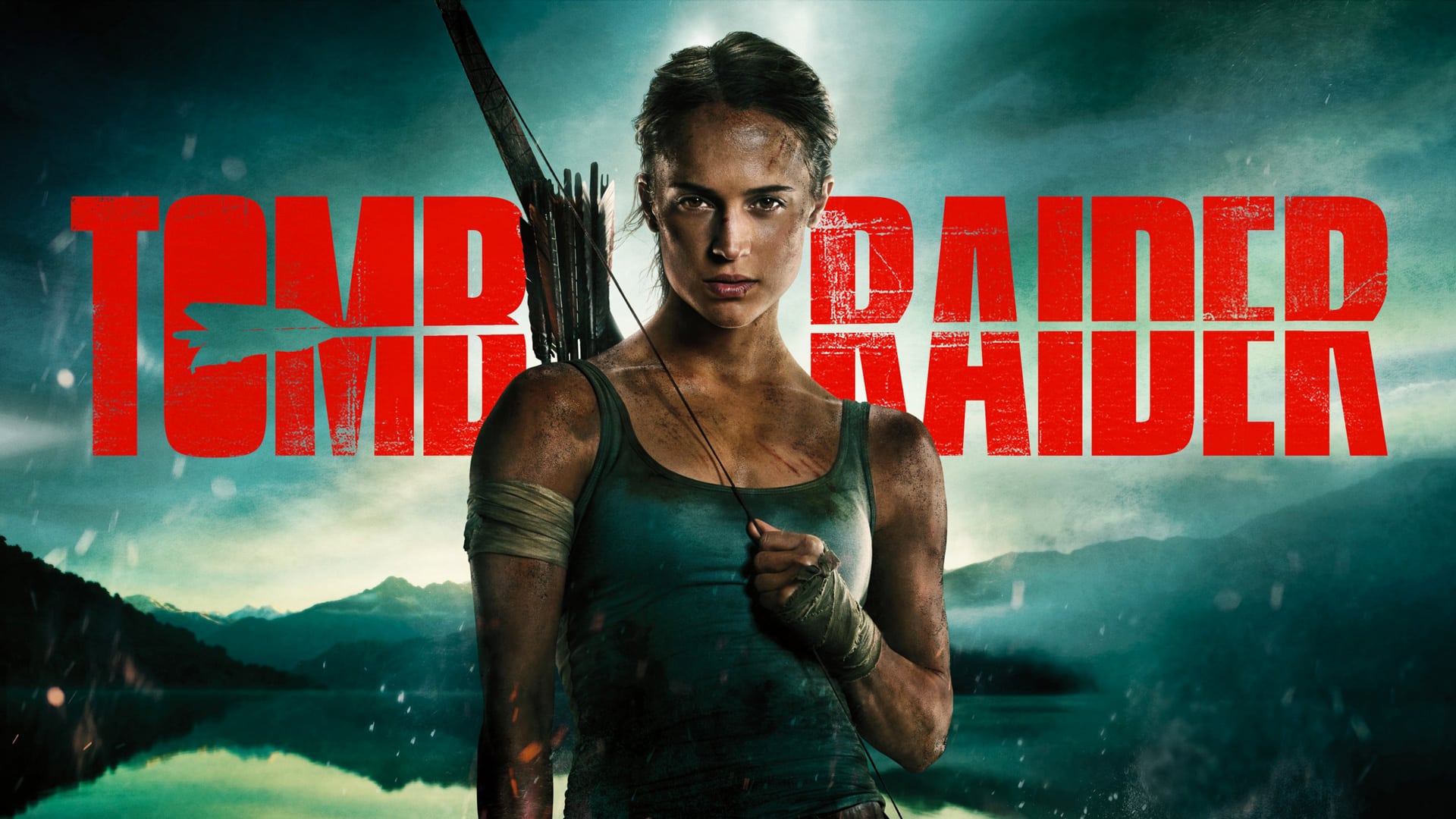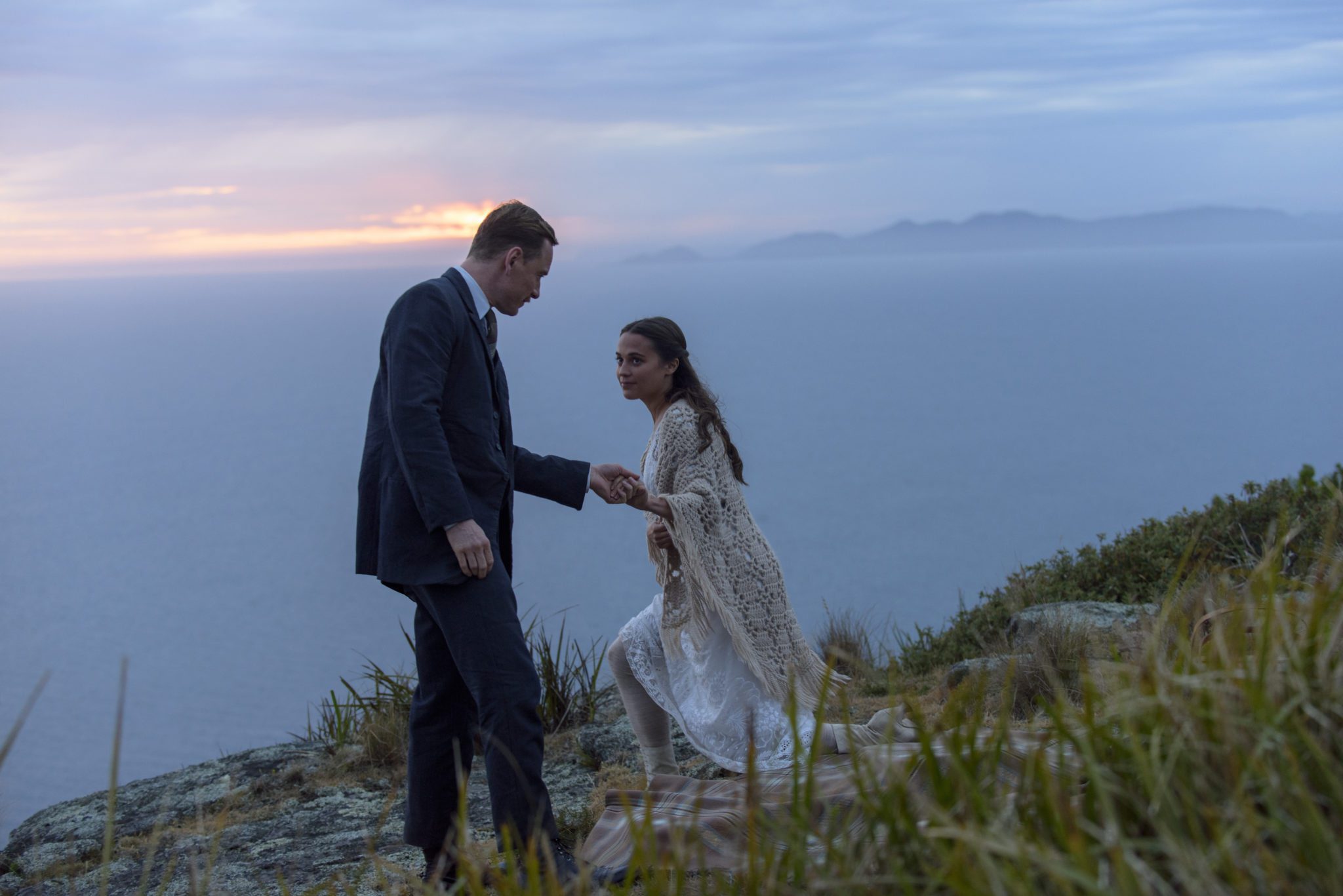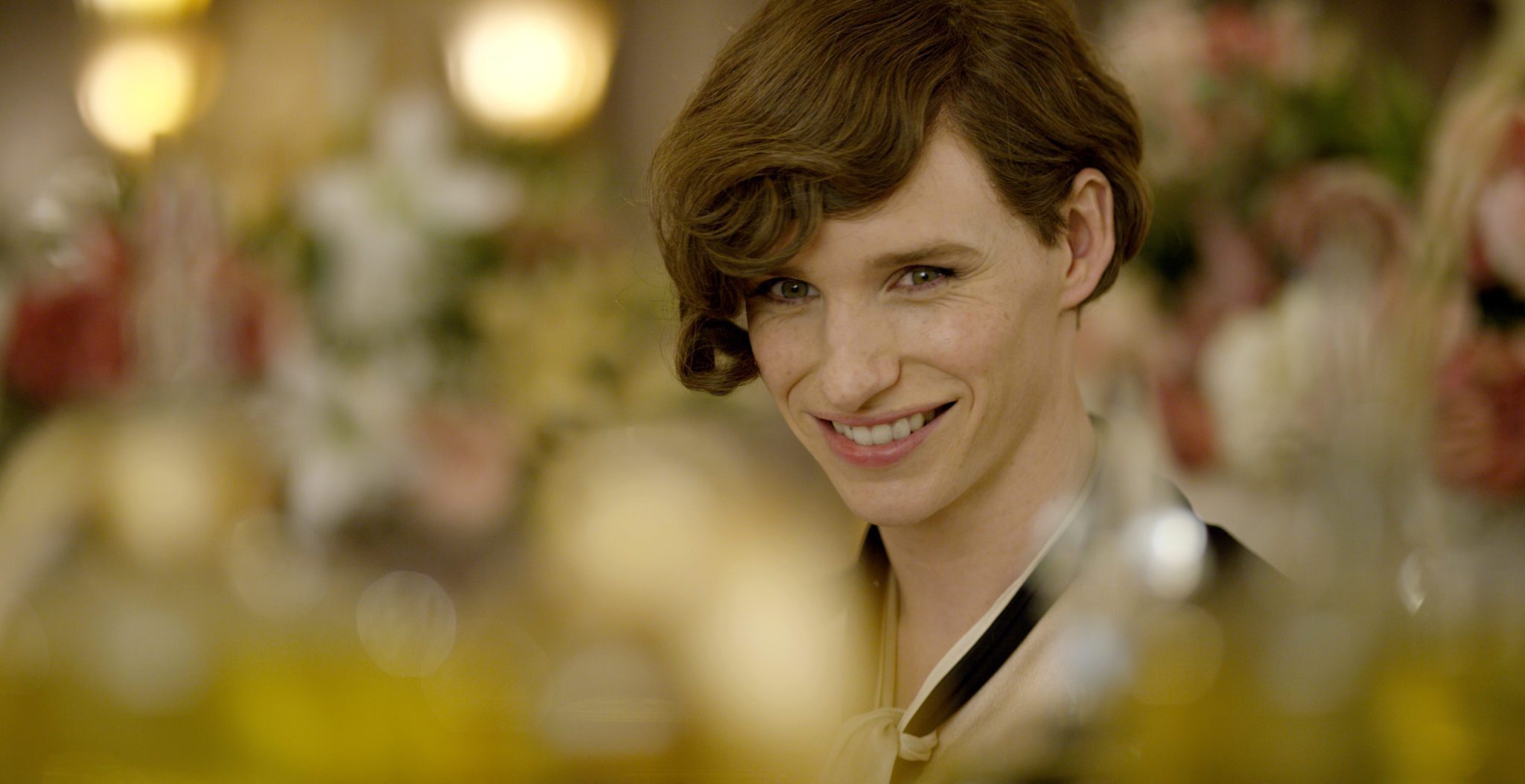
Tomb Raider: What We Pursue
Tomb Raider may end up best being known for Geneva Robertson-Dworet’s film before?Captain Marvel, Silver & Black?(the Spider-man universe), and?Gotham City Sirens?(the Batman universe). That’s not to say that the film isn’t entertaining – or that Alicia Vikander (Ex Machina, The Danish Girl)?isn’t every bit the action star. But somehow, this one doesn’t level up…



